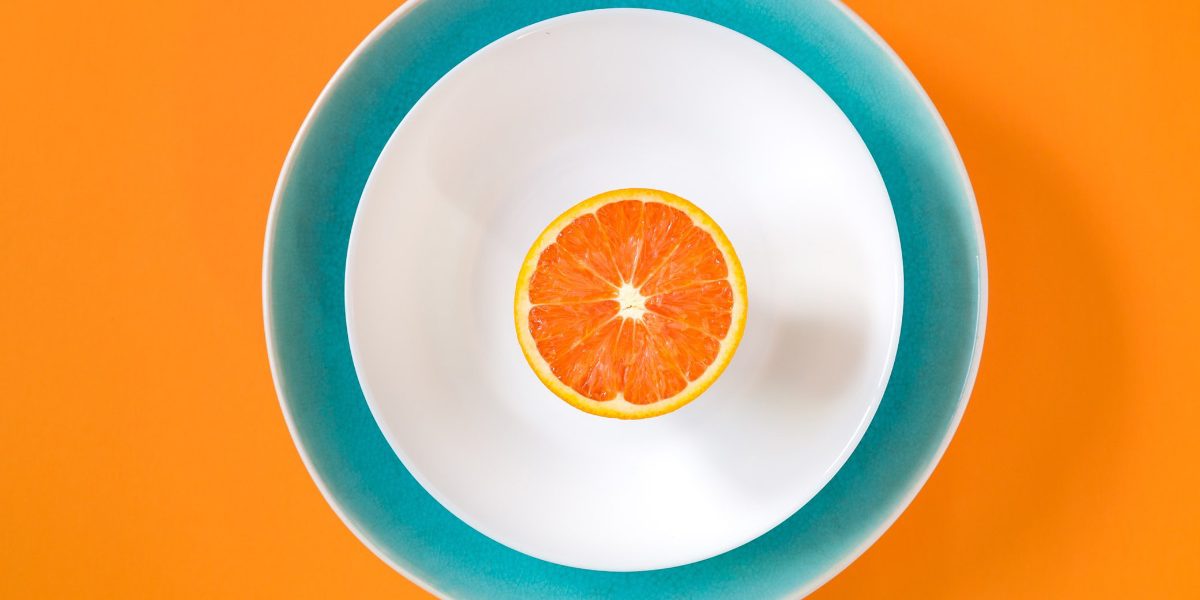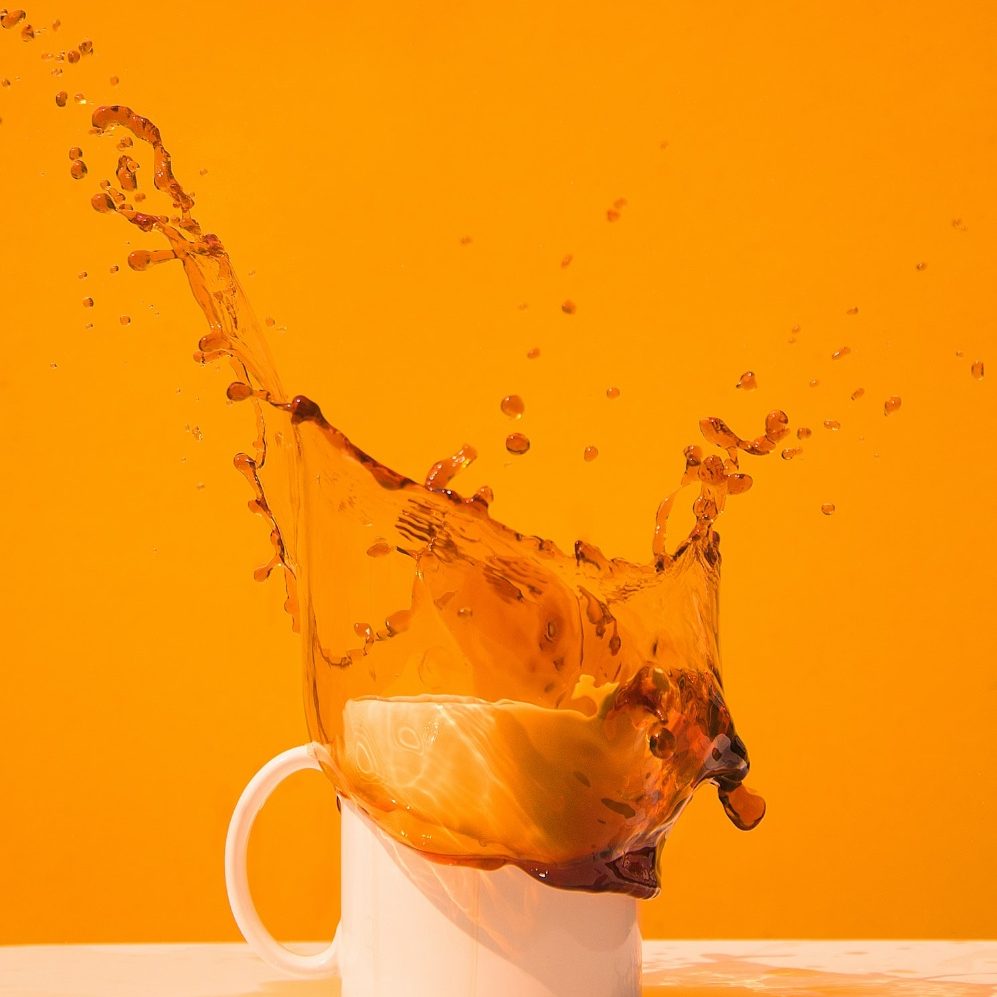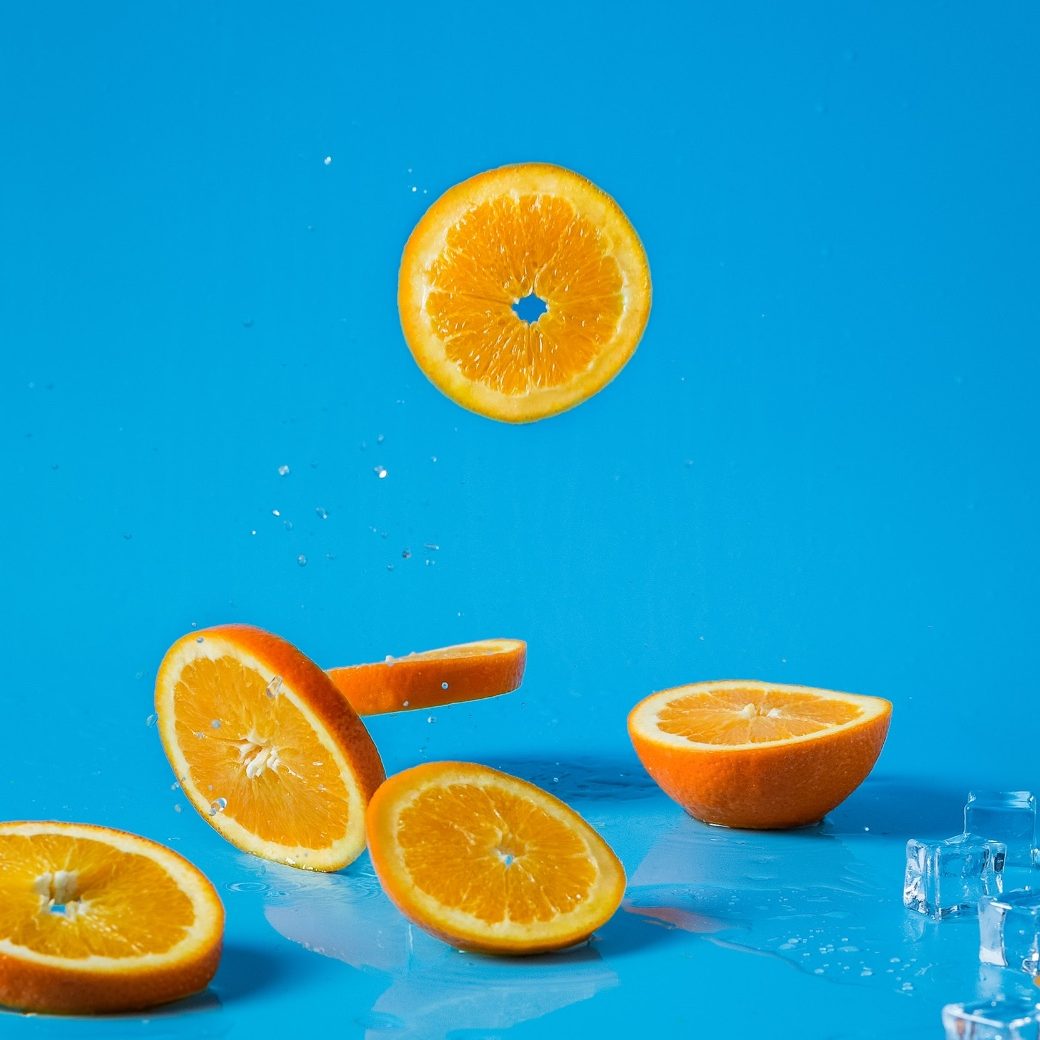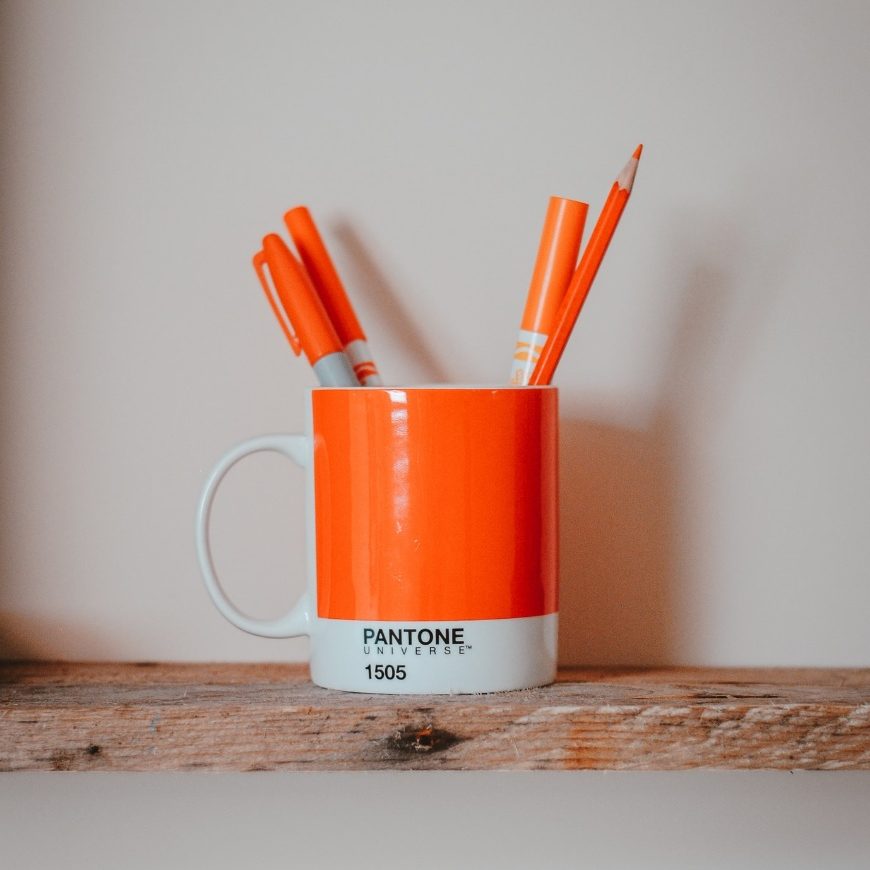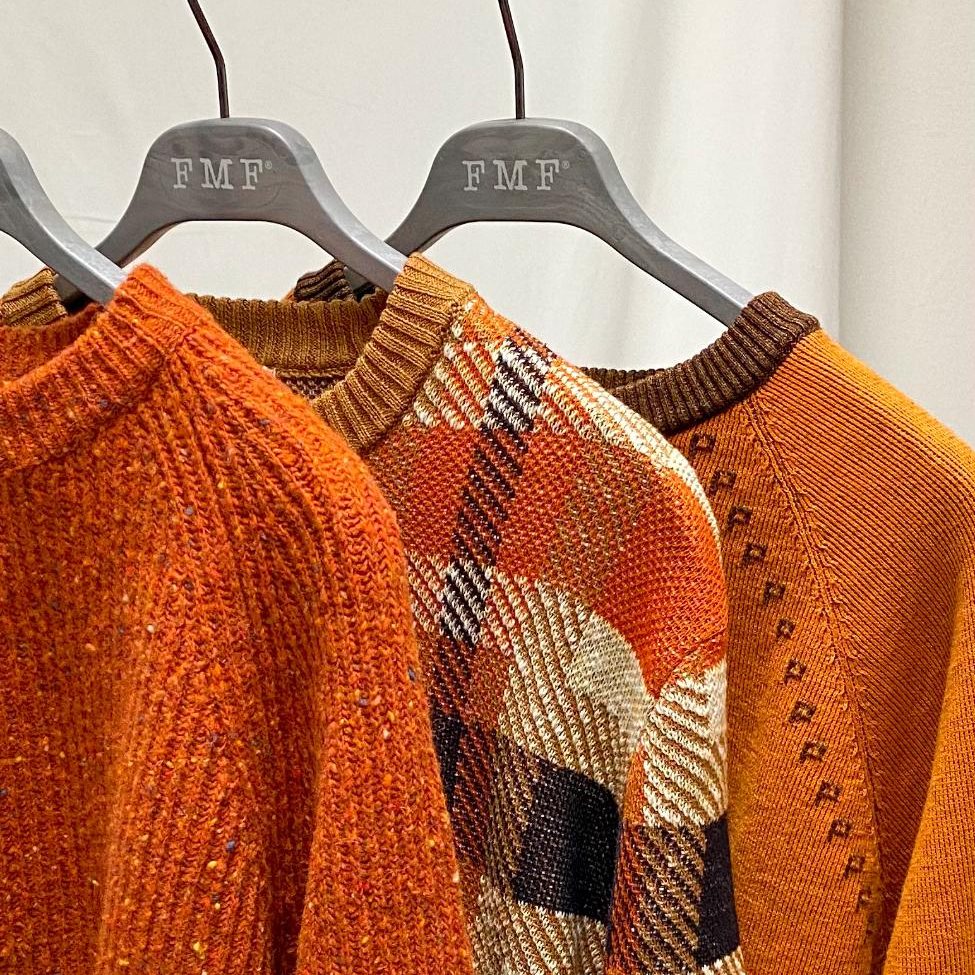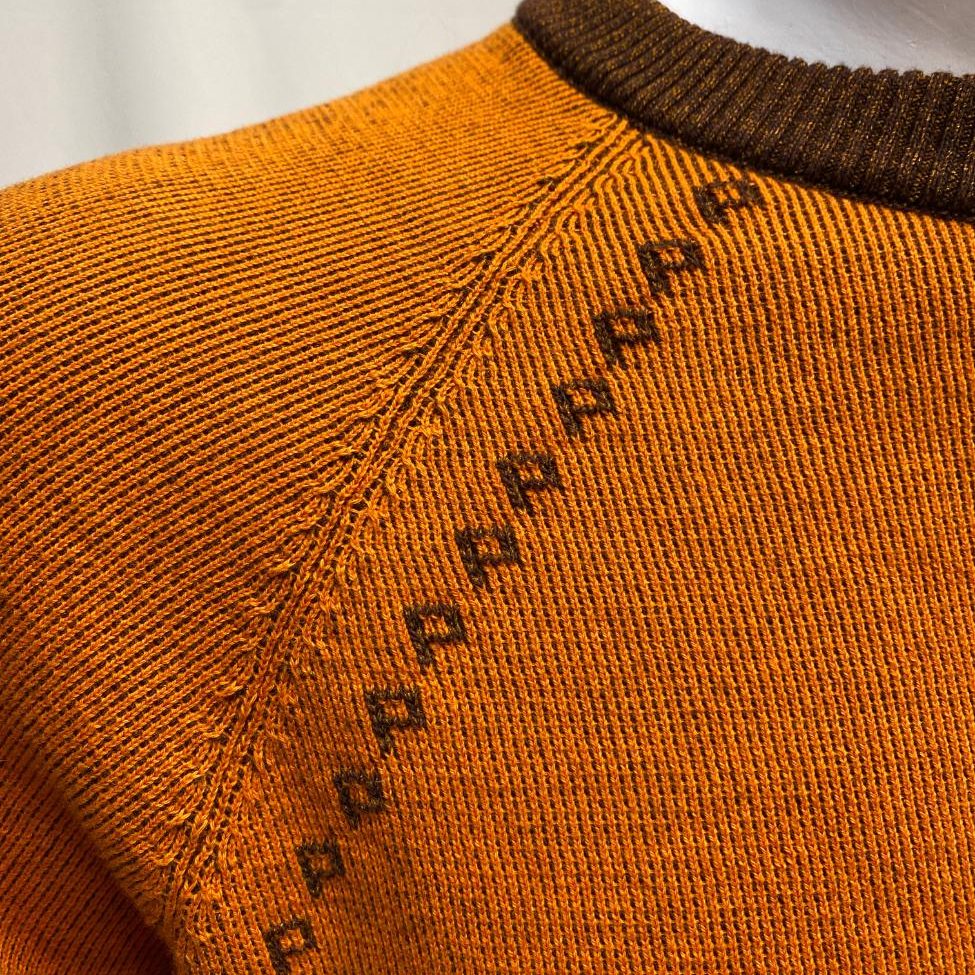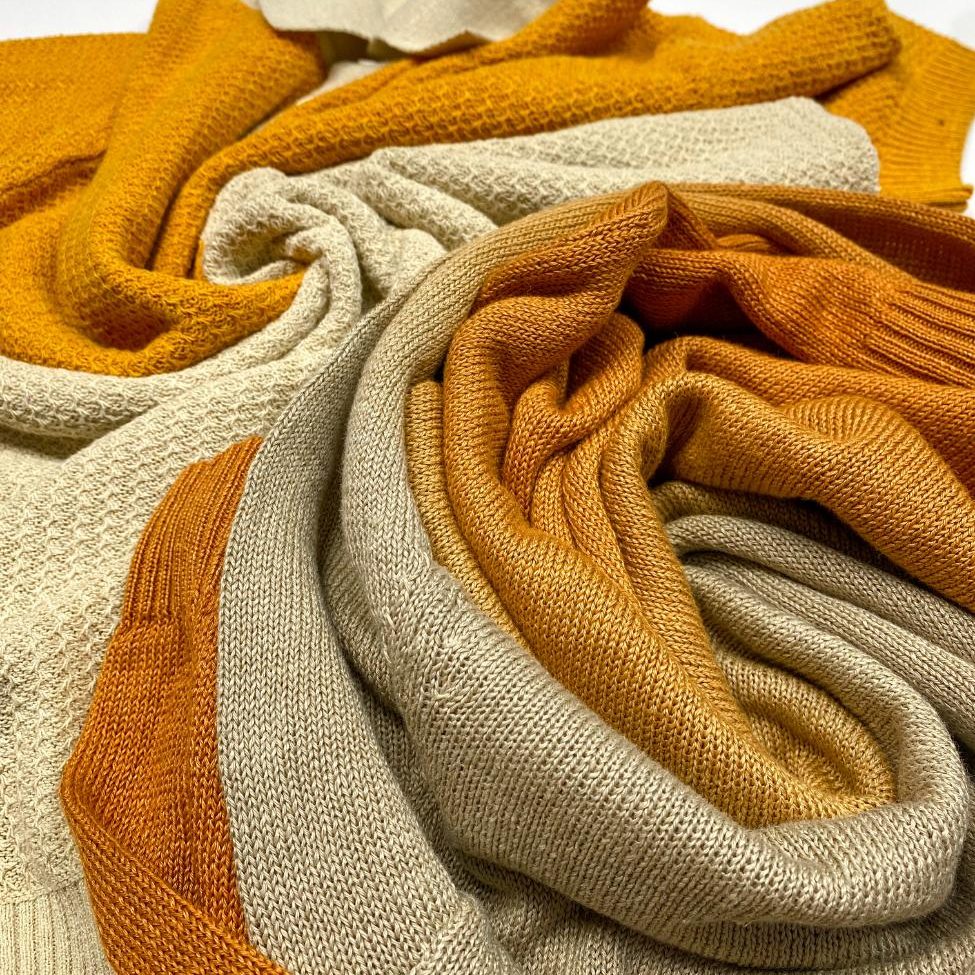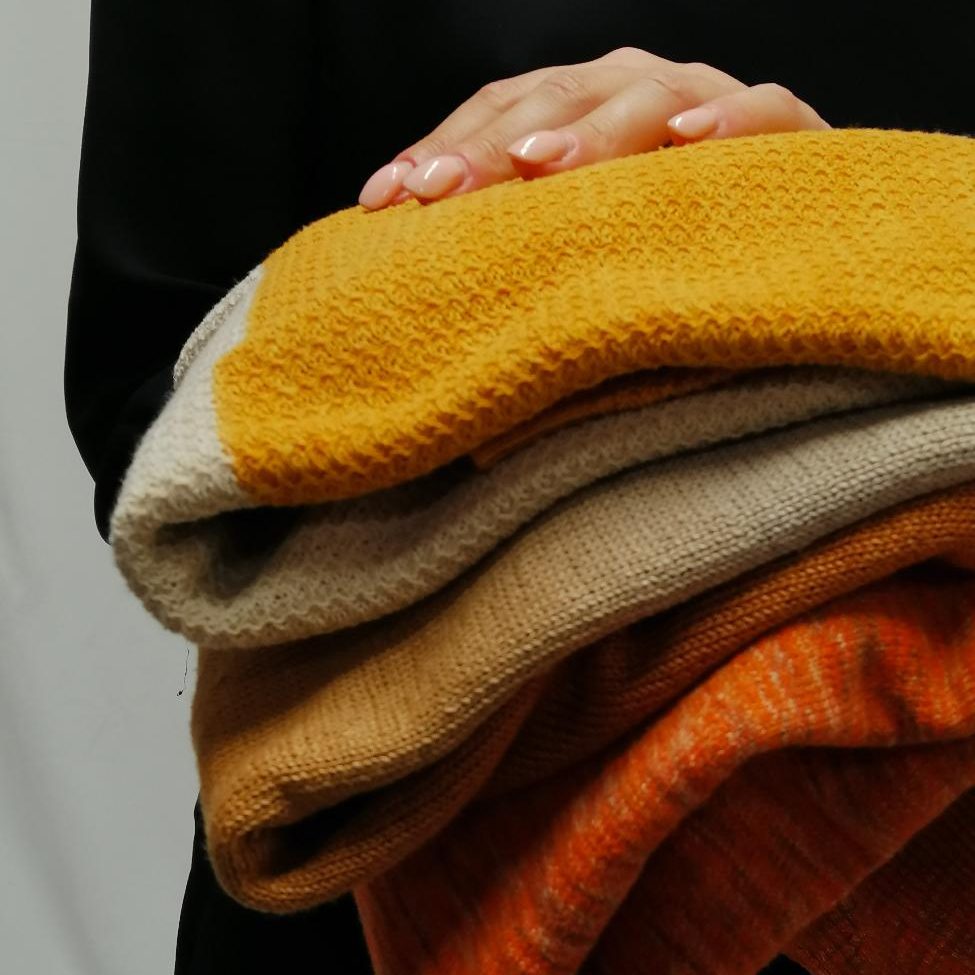“Orange is the color of the orange fruit from which it got its name. In European languages, before the introduction of this fruit to the continent between the tenth century and the eleventh century, there was no word that defined this color or a precise notion of it, which was often considered red. For this reason, phrases such as “goldfish”, “red cats”, “red hair” have remained in use, although these appear orange. “
The effect of color on human beings is a vital and dynamic force that cannot be ignored. When you consciously integrate a color into your look, you can experience the beneficial effects it generates inside and outside of us.
In fact, everything that surrounds us conditions us, even the colors we wear can convey sensations, stimulate memories or in general inspire something in the people around us.
Let’s analyze orange today and its effects on the human mind and soul.
Among the sensations that orange stimulates are: enthusiasm, joy, optimism, fun, freedom, creativity, adventure, but also reception, and in general positive stimuli.
It is the color associated with the sun at particular times of the day, such as sunrise and sunset, therefore it symbolizes the beginning and the end. It is the color that combines the strength and passion of red and the vital energy of yellow. Precisely for these characteristics it is considered a color capable of infusing: warmth, balance, concentration and wisdom.
Orange is the color resulting from the union of two primary colors: yellow and red. Everyone remembers when as a child playing mixing colors with tempera, yellow and red were mixed and infinite different shades of orange were created. As the amount of yellow and red varies, the shades of orange obtained change very much.
Orange seems to be a powerful catalyst of positive energies. It is capable of infusing a lot of charge both to the wearer and to the observer. It is a color that stimulates artistic creativity, desire to do, pushes action, to take the initiative.
On the contrary, those who can’t stand this color tend to be rather brooding, closed to others and lacking in enthusiasm. These are people with a generally pessimistic outlook on life or in any case not inclined to optimism and to enthusiastically accept the challenges that life offers them. Generally they have difficulty in getting out of problematic situations, tending towards dramatization.
At the same time orange can be seen as a nostalgic color, which symbolizes the end of a cycle, just think that it is a color that binds well to autumn and as we have already said at sunset, with the possible feelings of melancholy related to it. at the end of the day associated with it.
Orange is the color of many citrus fruits (oranges, mandarins, apricots, etc.), other fruits, flowers and leaves that typically take this color in autumn, along with yellow and brown) and lichens.
Orange stimulates the right hemisphere of the brain, the seat of creativity and emotional intelligence. It is also thanks to its frequency that we are able to put our ideas into practice.
According to the psychology of colors, Chromotherapy, the frequency emanating from the color orange generates good humor, optimism, will to live and self-confidence.
Getting along with the color orange means having a good connection with your “inner child” a good level of vitality, enthusiasm and desire to have fun. It expresses joy and welcome. Those who find themselves in this color are generally selfless, open and sociable.
Chosing orange indicate the need to seek intense experiences in every area, driven by the curiosity to experiment and discover new sensations.
Its deficiency may indicate body stiffness, low involvement in social activities, low vitality and fear of change.
Here are some photos of some of our knitted garments both in winter and summer yarns from the latest FMF man samples and from our archive with a high percentage of orange inside them!
Curiosities about the color orange:
• In humans, the orange color is perceived through cones (which are photoreceptor cells present on the retina of the eye) specially designed to distinguish colors. There are three types of cones in the human eye: S, M and L. Each of these types perceives a particular range of colors and the perception of individual colors arises from the combination of different stimuli. In particular, the orange color is associated with a greater stimulation of the L cones than the stimulation of the M cones (while the S cones are not stimulated by orange).
• The perception of orange is different between humans and animals. For example, deer see the least saturated orange color, as if it were a brown or gray. SpiderS are able to perceive only greens and colors in the ultraviolet, therefore they do not perceive the orange color.
• In the electronics industry, prior to the advent of color displays, orange could obviously not be displayed through black and white displays. Since the introduction of color cinematography techniques (such as the Kinemacolor process of 1908 and the later Technicolor of 1916), it has been possible to display different shades of colors, including orange, on the same electronic screen, using different encodings of the color.
• The ancient Romans used this color for the fabric of women’s wedding dresses, as it is a warm color, therefore suitable to symbolize the union of feelings in marriage.
• In heraldry, the discipline that deals with coats of arms, orange denotes strength, honor and generosity. Its use as a heraldic color is relatively rare.
• Before chemical colors, a pigment extracted from a mollusk, the common murex, was used to dye fabrics in red shades and orange. In the food industry, however, dyes based on ground cochineal shells are still used to obtain red and orange.
Documentary and informative sources
https://www.mitiemisteri.it/simbologia-significato-dei-colori/arancione
https://www.vestireconsapevole.com/post/2020/05/03/armocromia-e-psicologia-dellarancione
https://www.giornaledipsicologia.it/il-significato-dei-colori-larancione/
https://www.naturopataonline.org/rimedi/discipline-olistiche/arancione-colore-della-concentrazione-e-distacco-dalle-passioni-terrene/
https://www.focusjunior.it/scuola/arte/10-cose-che-non-sai-sul-colore/

